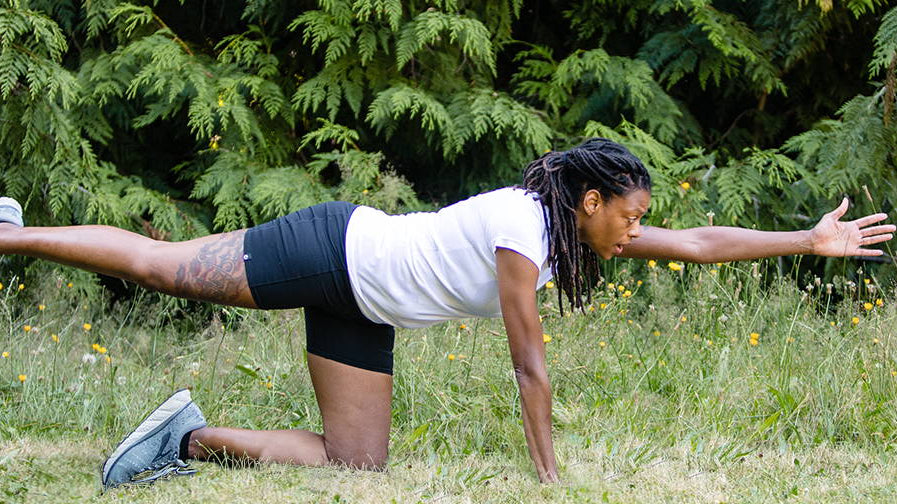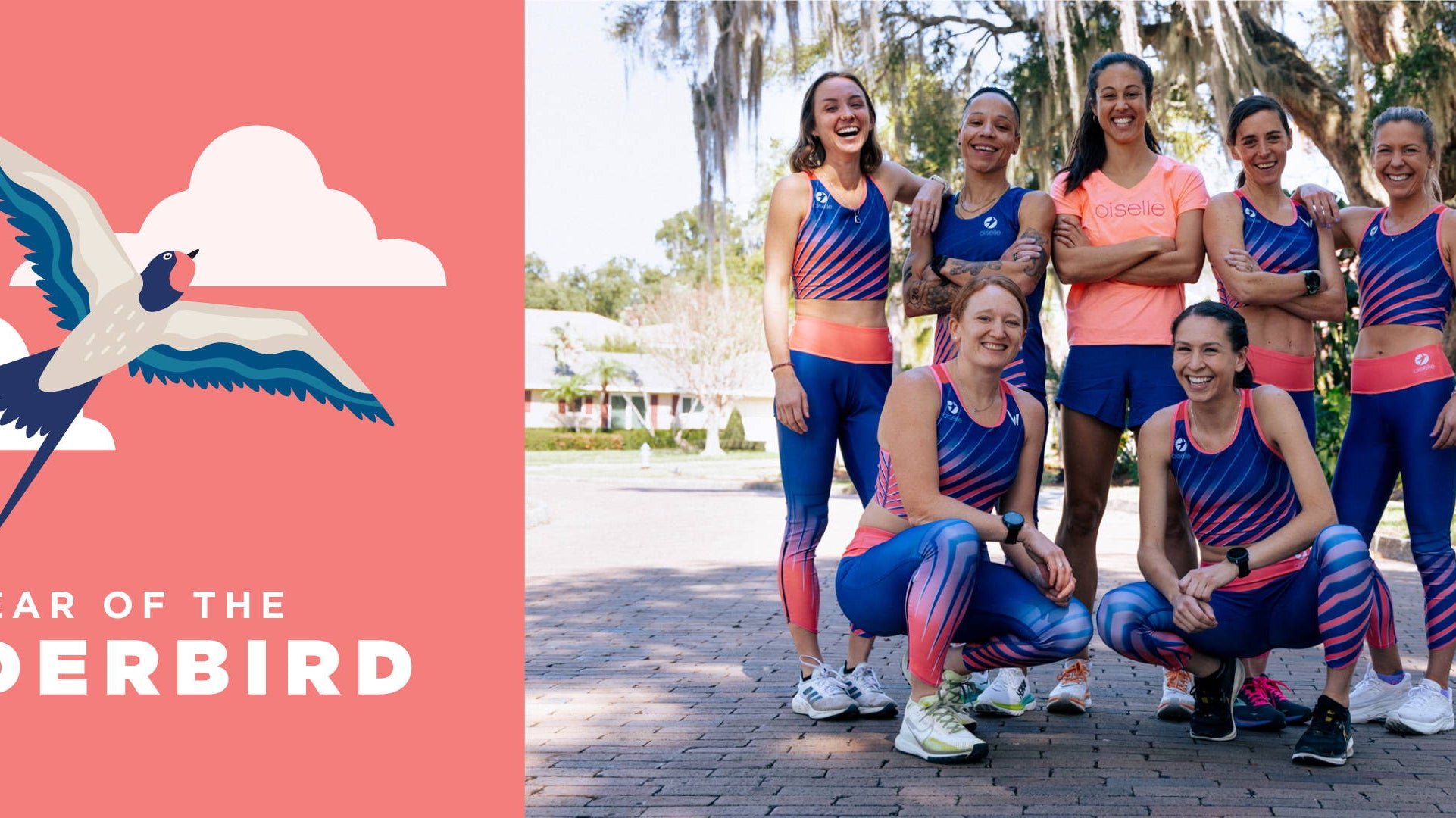Hi Running, it’s been a while,
Thanks to a drawn out injury, my main form of training since the end of January has been non-impact. The injury process has been very not fun. But, on the positive side, I have used the time to dive into other types of workouts (and pools!). Whereas normally, I take a huge fitness hit when not running, this time has been different. I have been pretty relentless with training, which in part comes from learning how to get the most benefit from other types of workouts. Because “not running” is a large part of a runner's life, below are key takeaways from these non-running months, along with workouts I’ve enjoyed. I hope this is helpful for anyone who finds themselves in a similar place (or! who wants to avoid this place, and includes some cross-training for prevention). I’m always open to more specific questions. I may not be the the expert in all this, but can at least forward a link!

A guide to various forms of training, minus the running part...

PROS
Imitates running form, good cadence practice, weather independent.
CONS
IMPORTANT: One of the biggest issues with injured runners (or, at least with injured Kate) is moving too quickly to the elliptical. There is a reason it's such great cross-training... it's a lot like running! So, if the injury is caused by running, ellipticalling is probably going to be a similar stressor (yes, not as much impact, but also not great if the goal is quick recovery). This should be the final step before going back to running. Not the first form of alternate exercise after an injury (a mistake I make every time).
TIPS
- I like pumping my arms as if I were running (as opposed to holding the bars). This adds a core/stability component to the workout.
- Watch the cadence. Normal running cadence is around 180, so you shouldn't go much lower than that on the elliptical.
- Resistance is your friend! I try to have the resistance as high as possible to still allow me to hold that speed (some workouts call for faster). It helps strengthen legs, and you feel less like you're about to fly off or hyperextend a knee!
WORKOUT
From Lauren (heart rate is great for making sure you are getting good effort on ellipticals).
10 minute warmup | 4/4/4 tempo (according to heartrate - 4 minutes under threshold, 4 at threshold, 4 over) | 5x:30 all out, high resistance (eg level 11-13), 4:30 recovery (these are a similar feeling to the aqua jogging reps) | 3/3/3 tempo (same idea as 4/4/4) | 10 minute cool down

(elliptical buddies Collier and Christine)

PROS
Gets me outside, wind in face, sun therapy. Uses similar muscles as running (read: booty action)
CONS
Weather dependent. Road conditions make a huge difference (a long stretch of uninterrupted, smooth pavement is the ideal. Anything else just makes for this annoying stop/start cycle). Same injury issue as elliptical.
TIPS
- Hips forward! The motion should come from the glute, driving your leg down and back (like running... go figure). Think of trying to get the same angle in your hips/upper body as you would have when running fast. This does not come from hinging at your hips (that would look weird... running around bent over). Rather, it should be a full body lean.
- Imagine you look like (insert stride-crush here... mmm, Lauren Wallace?) powering across the path.
WORKOUT
I haven't had the best of luck with rigid workouts on the Elliptigo. I always seem to hit an intersection, or pothole, or downhill, during my "on" cycle. It can feel dangerous or out of control. Rather, I have found that using the terrain for the workout cues solves that issue. There is a 50-60 minute loop in Bend that has some intense rolling hills. I'll warm up for about 10 minutes, and then start pushing, hard. The hill gradients are the guide - increase intensity at steep parts, use slow, long inclines for a more sustained effort, and then have the downhills as a break. It turns into a nice Fartlek.
If you live in a flat area, Pandora fartleks can be another way to get that random interval work. Work the songs according to their intensity. And finally, if you are lucky enough to live near a sweet bike path, this is the workout I did last week:
10 minute warmup | 3 x (4 min hard / 45 seconds EZ) | 3 min EZ | 2 x (5 min hard / 1 min EZ) | 3 min EZ | 5 x (2 min hard / 30 sec EZ) | 5 minute cooldown

PROS
Same as Elliptigo (outside!). Good for long efforts, whereas staying inside would be soul crushing. You can get places! There is a favorite ride among Bend-ites that has a halfway stop at the destination bakery in the next town. nommmm.
CONS
I've been told that biking is not great for runners because it shortens the levers that you want to keep long (hip extension). That said, when running is off the table for a while, I am a fan of using every possible alternative. It's just something that should be used sparingly, every 1-2 weeks (unless you decide to start triathlon training!).
Also, risk of aggravating the injury, or something else. Especially with long rides.

TIPS
- Disclaimer: I don’t do a lot of cycling. Main tip here would be to get to a shop and have your bike fit, then get your form cues at that time.
- Ride with clip in shoes, so you can pull up as much as you push down (working both sides of your legs). Just make sure you practice the dismount!
- (Side note: spin classes are awesome as well. But, same advice as elliptical - use the resistance! There should never be a free spinning flywheel. No matter how many attractive people in Soulcycle are doing it.)
WORKOUT
Another from Lauren. (All intervals should be done on a slight incline. Eat some food and hydrate when done with the set, then turn around and bike down. This is long run equivalent.)
20 minute warmup | HR 120-140 (3 x 2 minute surges to practice increasing power and speed to raise heart rate with 3 minute recoveries) | 5 minutes at 180-185 HR | 6 minutes allow HR to drop to 160’s and stabilize | 4 minutes at 180-185 HR | 6 minutes stabilize 160 | 3 minutes at 180-185+ HR | 6 minutes stabilize 160 | 2 minutes at 180-185+ HR | 6 minutes stabilize 160 |
1 minute close to max | Turn around and bike easy spin down the hill HR 100-130.

This is the key component that can can improve while not running. Jay Dicharry is currently leading me in a comprehensive strength/core routine to increase stability, and hopefully make for a smooth transition back. That can be a topic for the next blog....!











